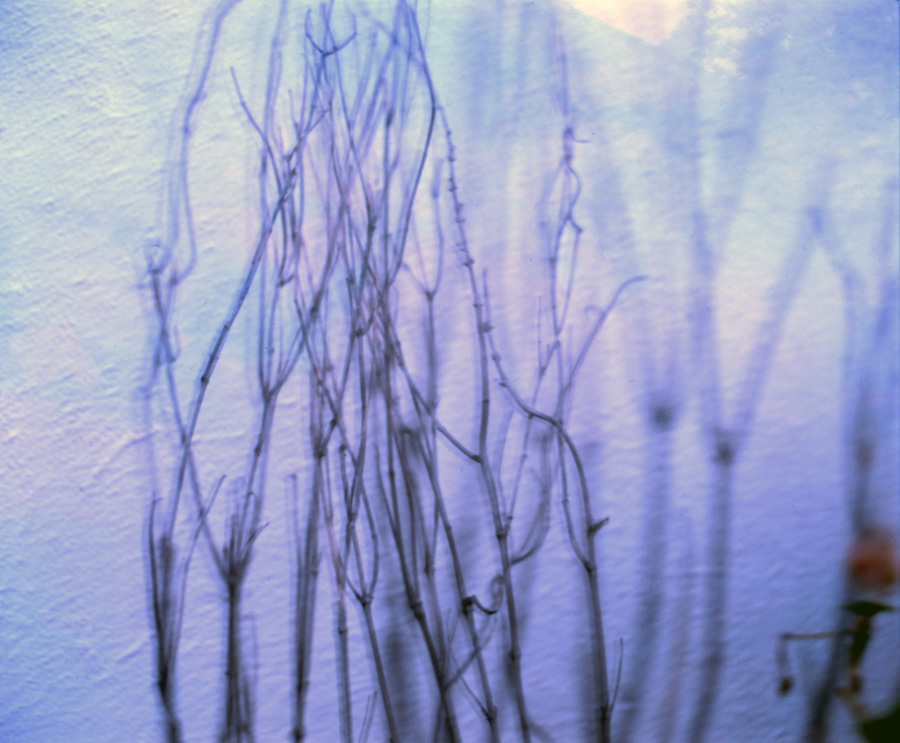
Why a landscape
The landscapes of my work form the passing impressions so similar to the figurative backgrounds that Zummer alludes to in describing ‘architectural projections’ [1]. They (both the natural landscapes and the digital architectural plains of the city) “operate in the marginal space of peripheral vision, as something almost already past, its import lying in having been, in enframing rather than engaging.” [2]
The buildings provide the necessary frame [3] for our compulsion to reside in image-spaces. Within a city, unconsciously, the four sides of a screen/photograph are perpetuated; in the reflections in windows, in signs, in advertising in scrolling textual forms. In the same sense, the trees and flowers and leaves and ground provide a psychological frame, a reflective agent so familiar to an individual, so utterly everyday as to not even be registered as individual elements.
In a way both the physical grounding in the city’s image-space and the memory-spurned movement into the languid fresh plant matter of the photograph speak of the idea of this has been [4] waiting, operating in a time distinct to our own, but nevertheless waiting, "always ready to be there" [5].
The change of the impersonal space (I do not see it in my own terms) into the personal space (so easily knowable, show me how) is observed through time; a slowing of pace and the still image can be consumed. As the pace slows, and distance is reduced, I am at the point of pause/delay, the flash of an image to the side; a reflexive marking engages my body. I see now through the spaces of the trees, the spot of sunlight reflected back to me, the potential space for my memories to reside. I become taken with the idea of drowning in an image, in my “quest for hallucination” [6].
[1] Zummer uses Times Square as an example of this formation of media, with its wrap around digital signage, flashing advertising walls and neon signs.
[2] Thomas Zummer; Variables: Notations on Stability, Permeability and Plurality in Media Artifacts, in Saving The Image Art After Film, ed. Tanya Leighton and Pavel Bucher, Centre for Contemporary Arts Glasgow, 2003.
[3] The frame can be the borders of a physical space, the rectangular containment of a cinema screen, the frame of a photograph, the exact physical dimensions of a picture, and of course a discourse frame giving the permissions, standards and context to an idea existing in the world.
[4] Roland Barthes, and discussed in the Bruise of Time chapter.
[5] Zummer 239
[6] Barthes, the cinema as consent of illusion, the photograph as quest for hallucination.
Labels: my images, photographs, photography, theory


0 Comments:
Post a Comment
<< Home